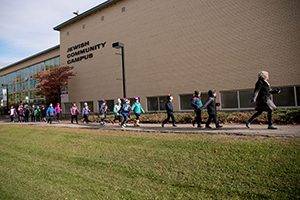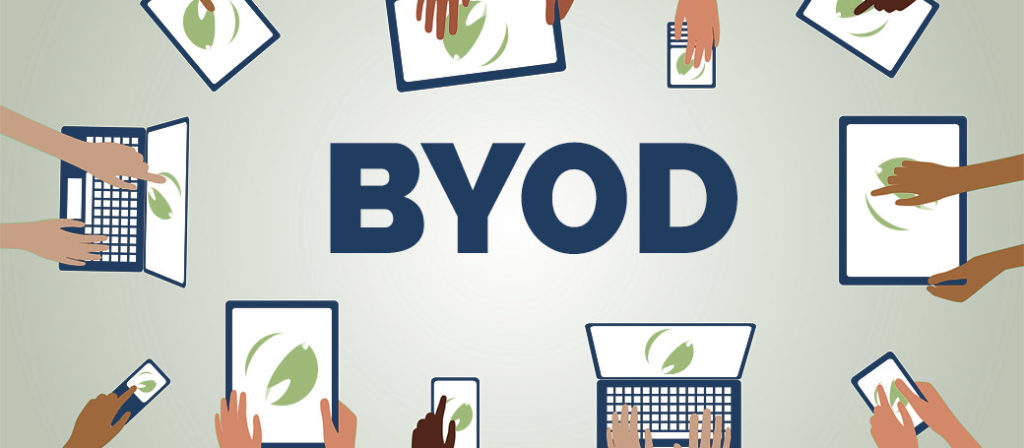At OJCS, we have multiple security layers to ensure our students are using their devices appropriately throughout their school day. We block specific sites directly at the root network level (i.e. roblox.com) and we also deploy a cloud web filter (Securly) that monitors and blocks based on filters (i.e. gambling).
The difference between these two settings is that the former will block sites only while students are connected to the OJCS Wifi network; while the latter will block sites anywhere, regardless of WiFi connection, so long as they are logged in with their OJCS student account.
The way these protections apply will depend on the type of device your child is using.
If your child has a Chromebook and uses their OJCS account to log in to the device, all Securly filters will automatically be in effect. Whatever is blocked at school through Securly will also be blocked at home (or anywhere else). However, anything blocked only at the network level at school will not be blocked unless you have privacy settings set up on your home network as well.
For example, Instagram is blocked on our Student WiFi network, but it is not blocked by Securly. Therefore, while students are at school and connected to our WiFi, they cannot access Instagram. However, if they connect to a different network (like your home WiFi), they will be able to access Instagram unless you block it yourself at home.
If your child has a Chromebook but logs in with a personal account instead of their OJCS account, they will not be protected by Securly.
If your child has a different device (Mac, Windows, etc.) and uses Google Chrome and their Chrome profile is connected to their OJCS account, then all Securly filters will be active, just like on a Chromebook. However, if they use a different web browser (like Safari or Firefox) or a different Chrome profile, Securly filters will not protect them.











